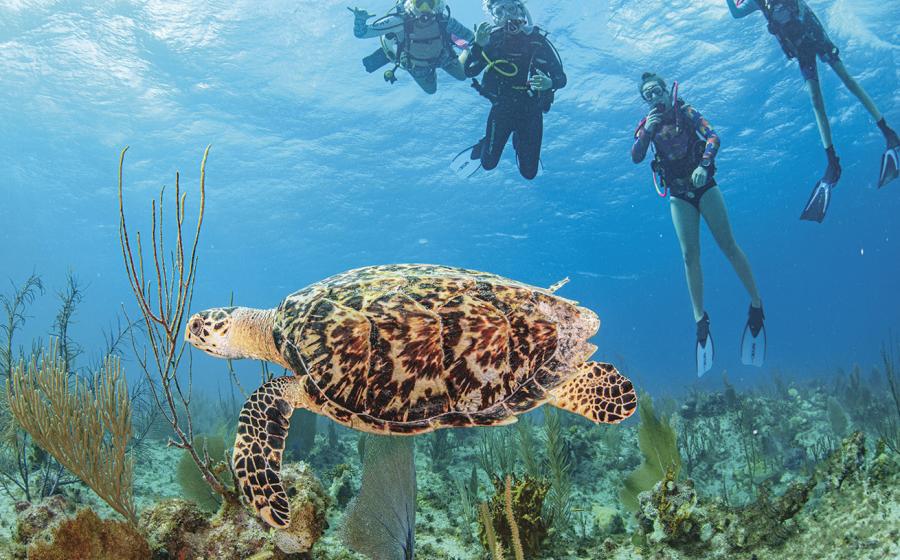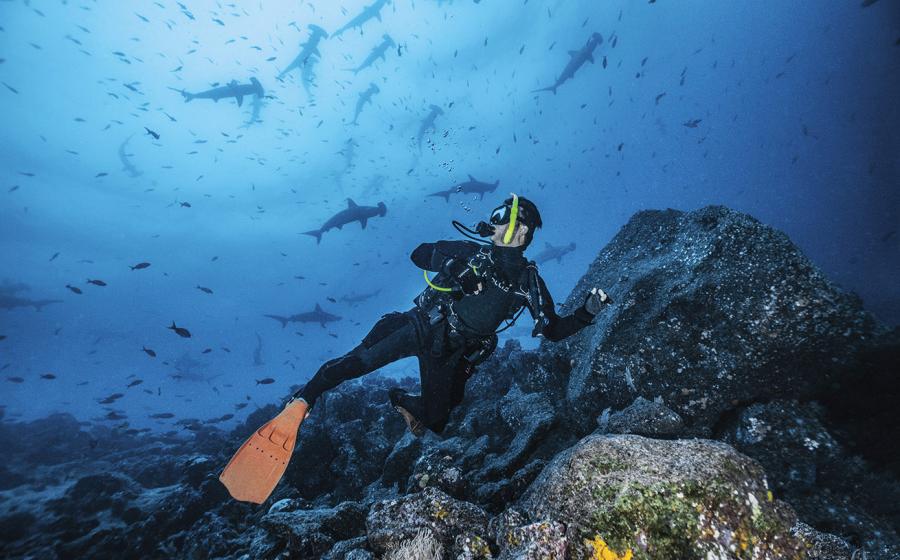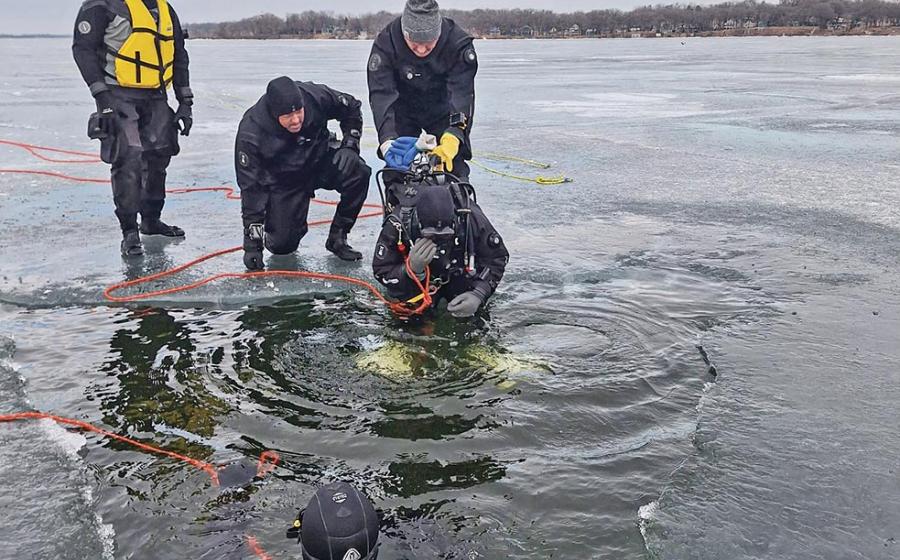Species: Facts about Sponges
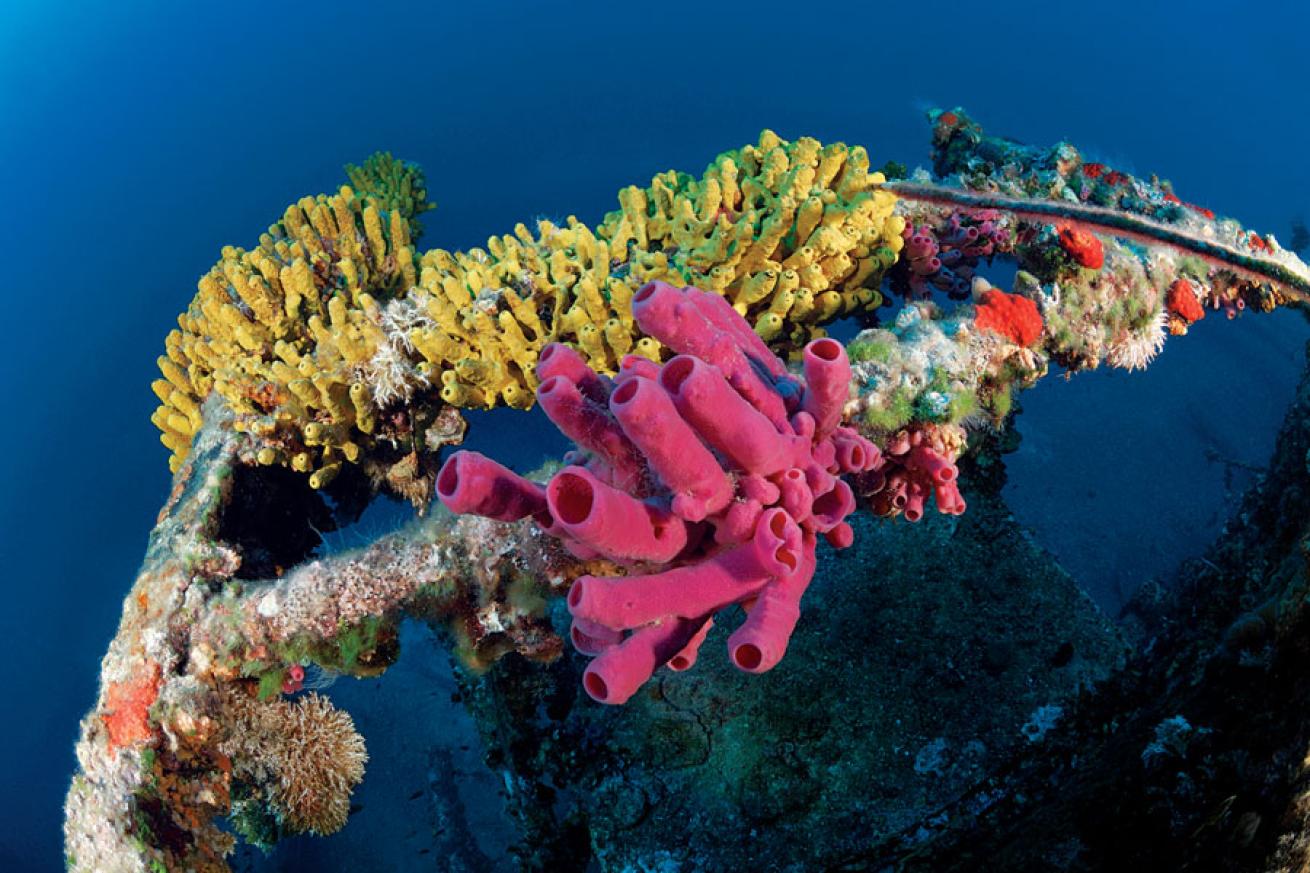
Borut Furlan/WaterFrameAlthough often mistaken for marine plants, sponges are actually primitive multicellular animals.
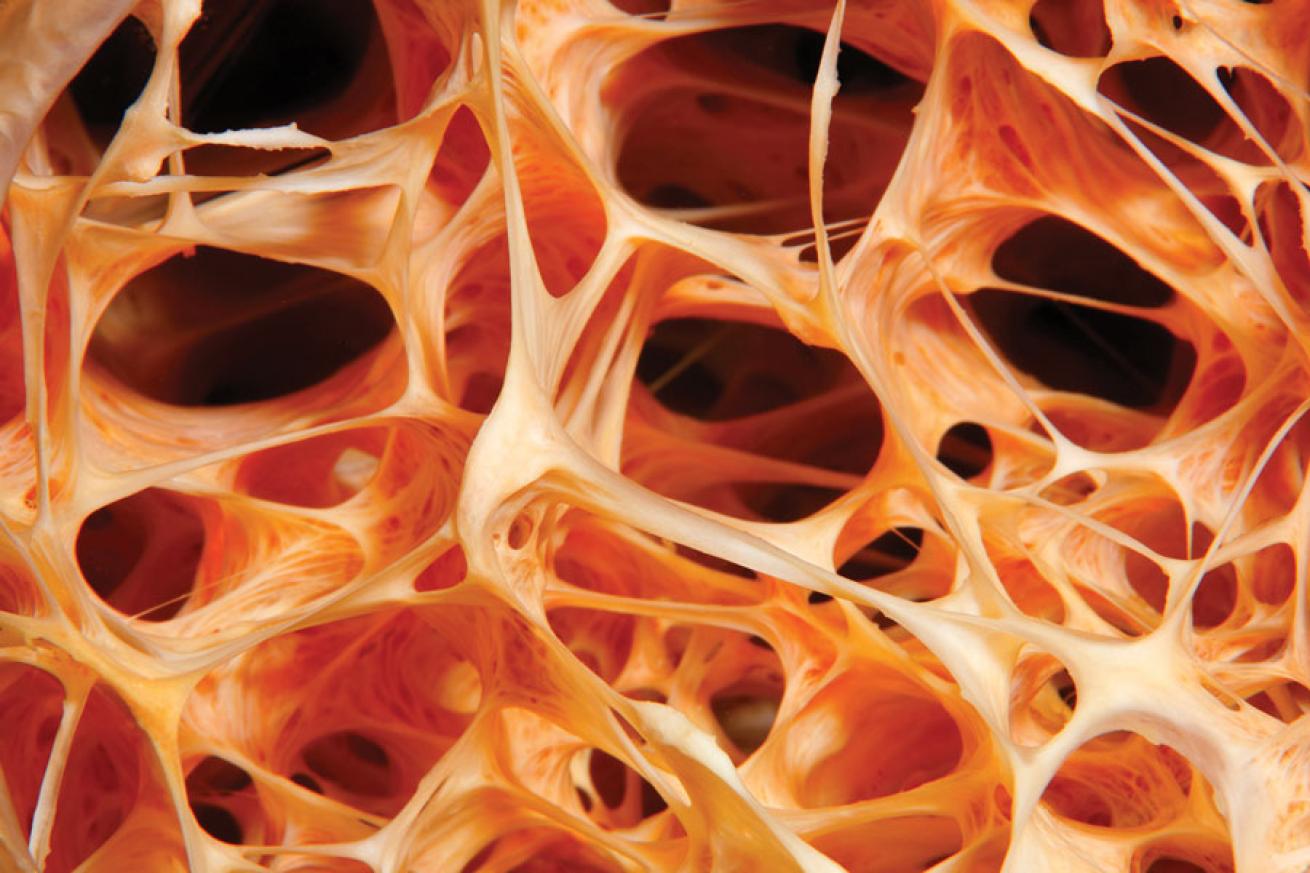
Imagebroker/AlamyA complex network of tiny mineralized rods forms the skeleton of many sponges, making them generally unpalatable to eat. Sponges are also filter feeders, which draw water into the body with millions of tiny, internal whiplike appendages.
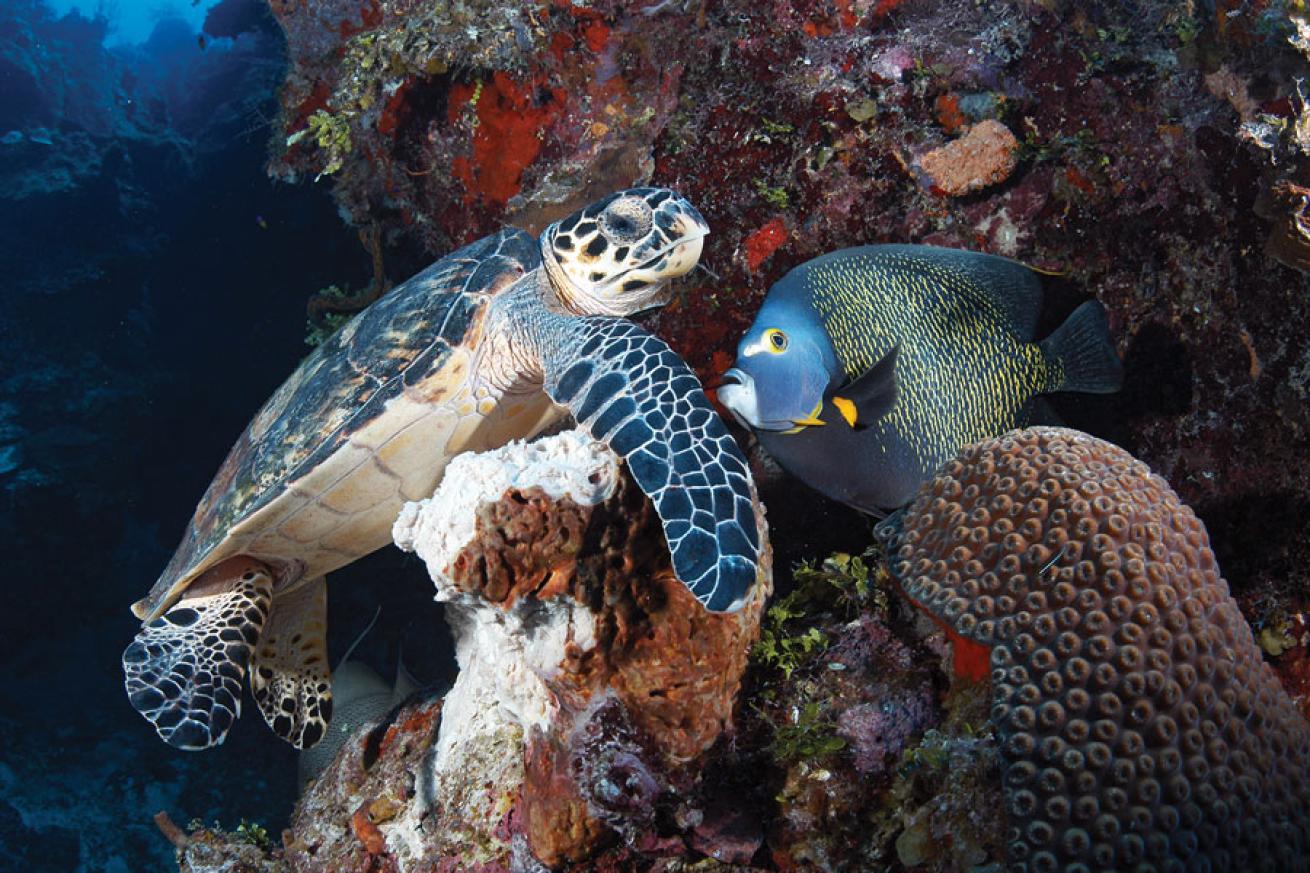
Anthony Grote/AlamySea turtles are among the few animals that eat sponges. Hawksbills almost exclusively dine on sponges. The hawksbill has a sharp, narrow "bird-like" beak that allows them to reach within crevices on the reef.
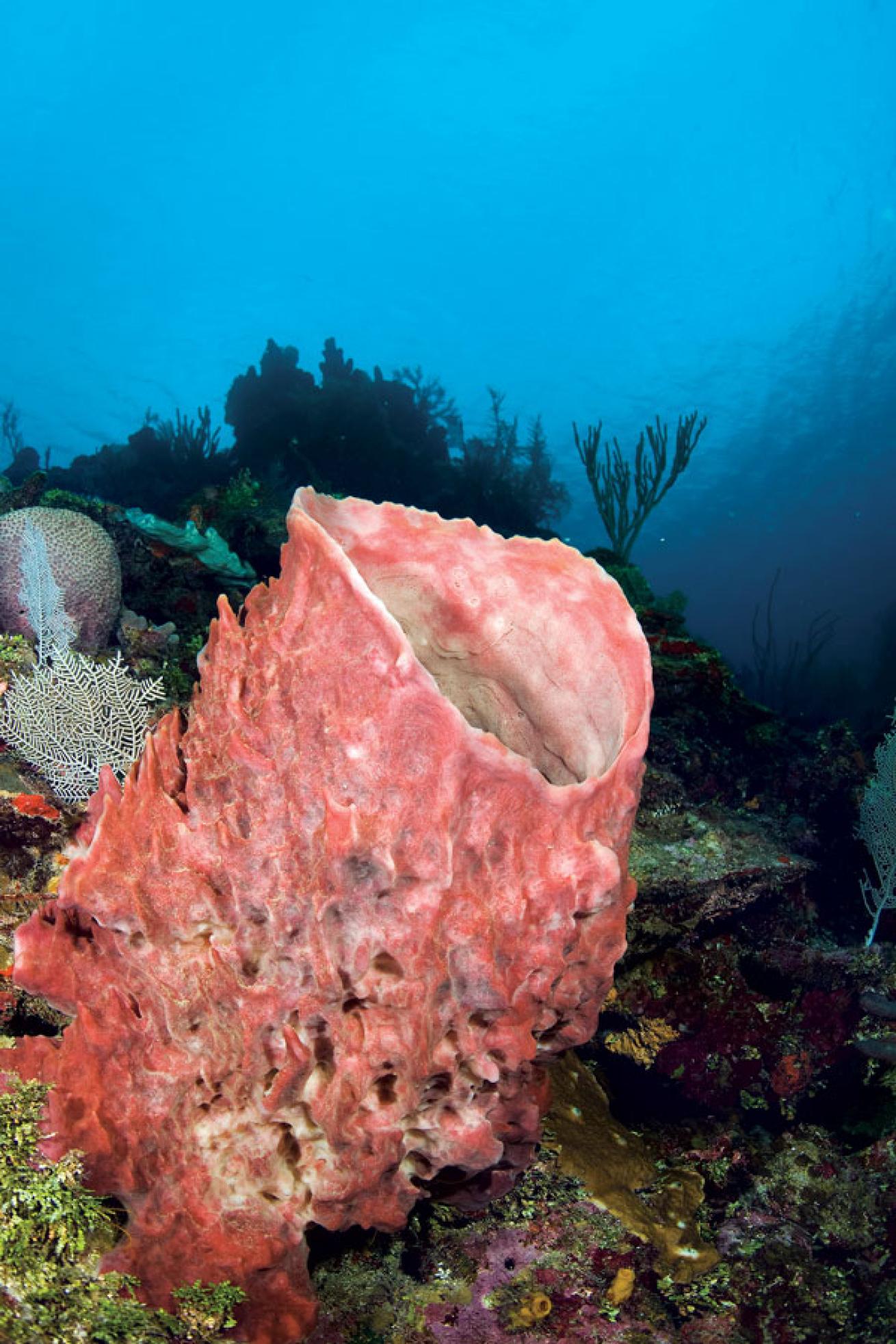
Jeff Mondragon/AlamyUnlike nearly all other animals, sponges show no reaction when disturbed. It is thought that the largest Caribbean barrel sponges are more than 2,000 years old, ranking them among the oldest living animals on Earth.

Pictorial Press Ltd./AlamyScuba diving for commercial, rather than recreational, purposes may have begun in ancient Greece, since both Plato and Homer mention the sponge as being used for bathing. Later on, the first marine-derived anticancer agent was developed from a sponge in the 1950s.
Fossils from this stationary sea creature date back 650 million years.






